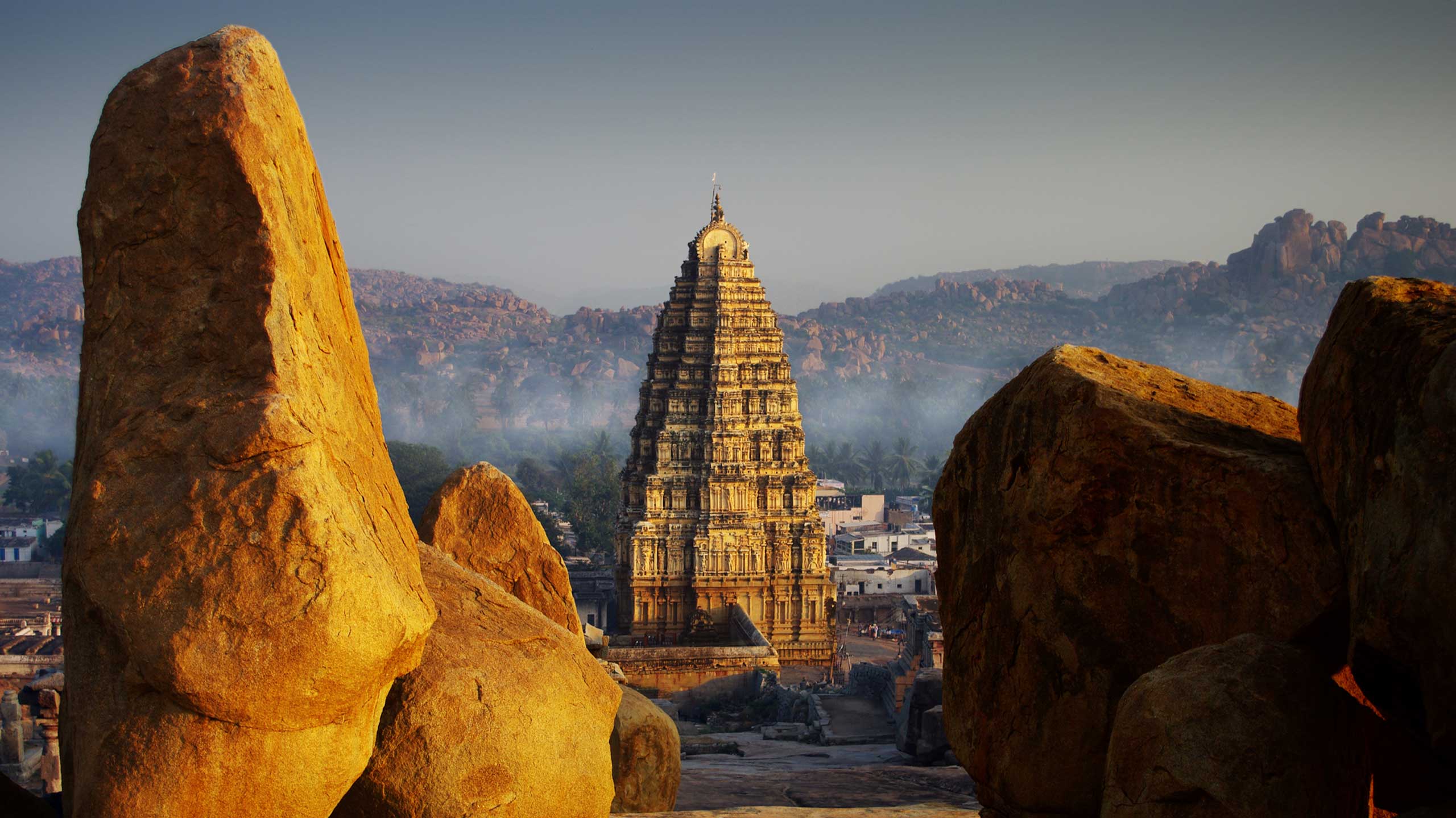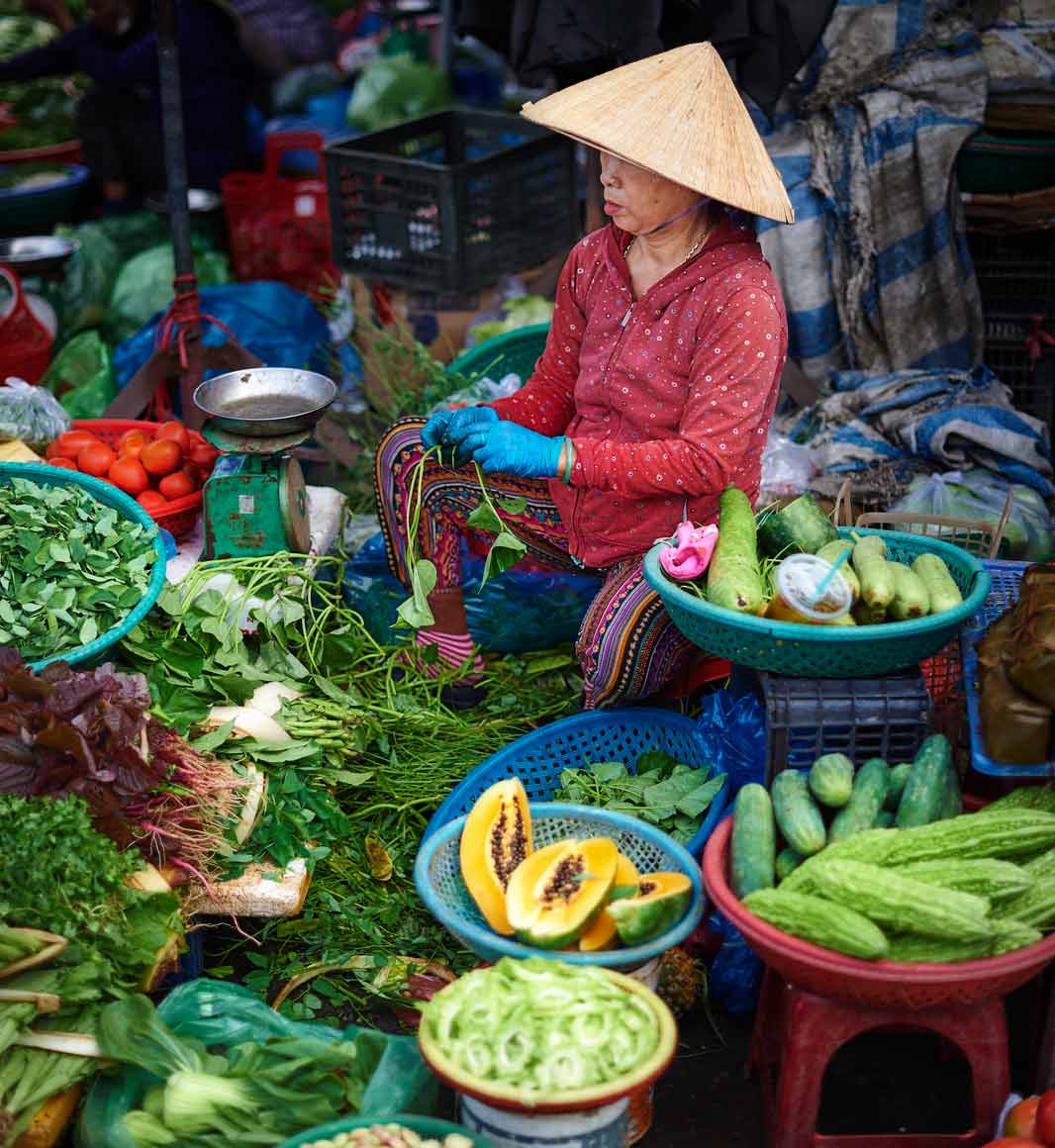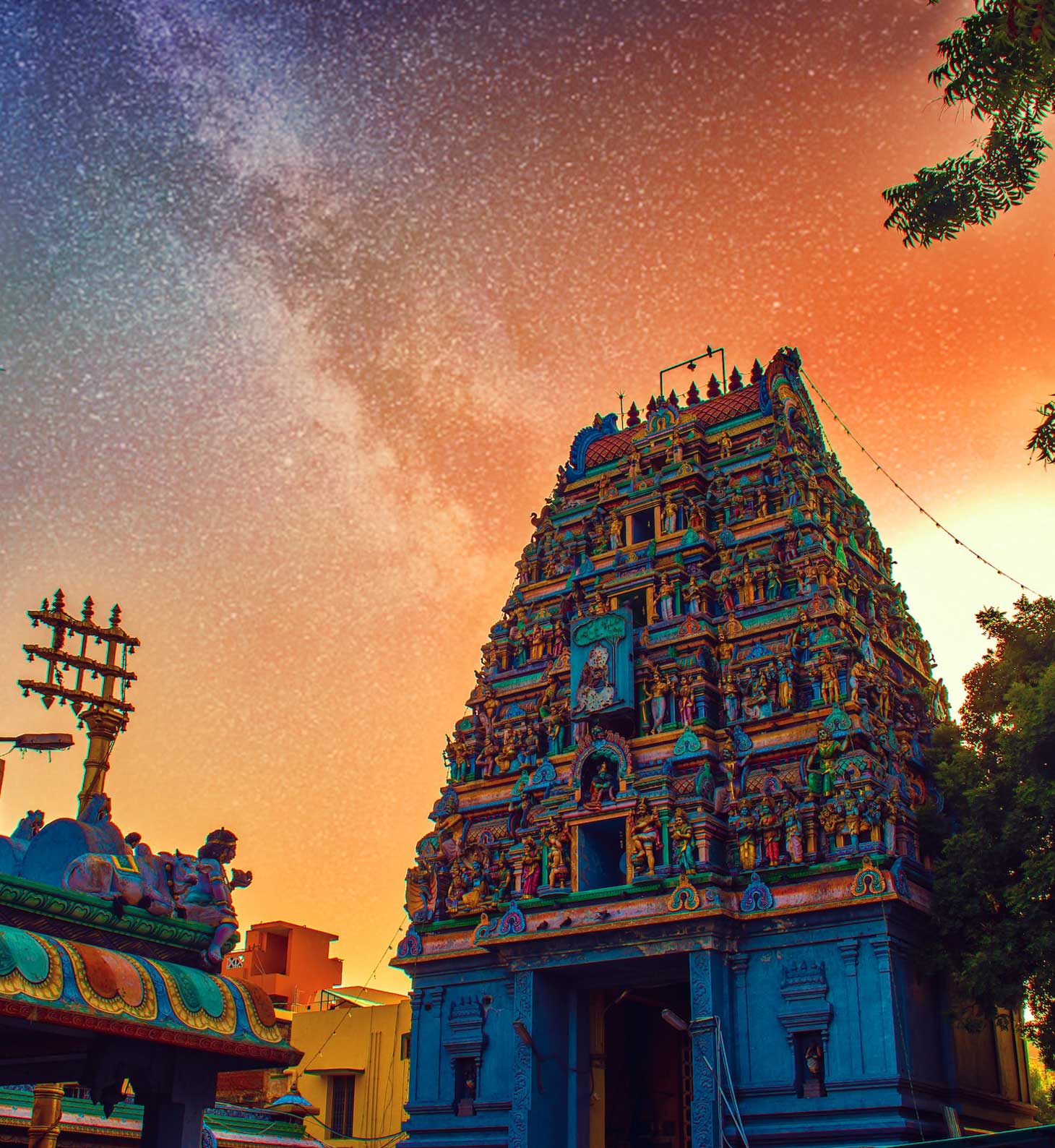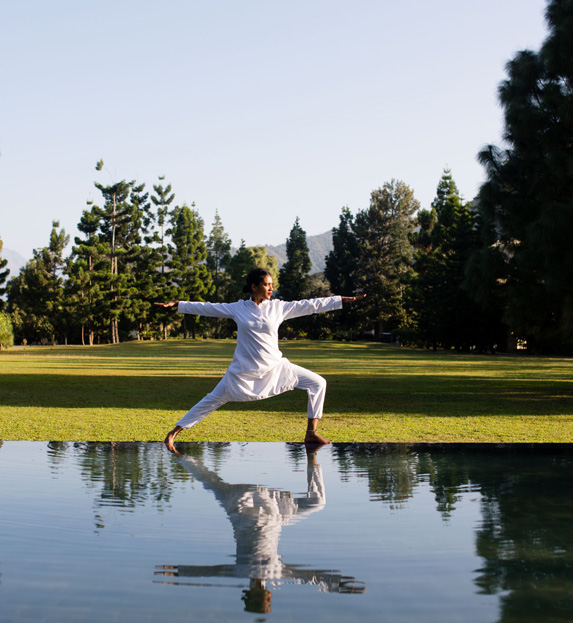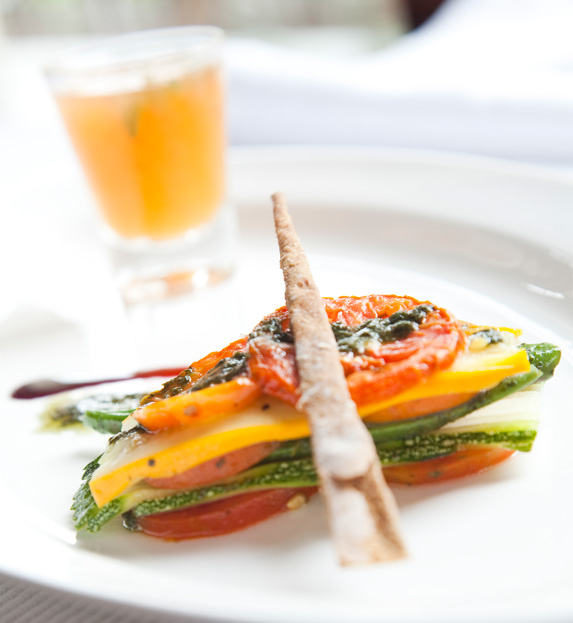
(©Ananda Spa)
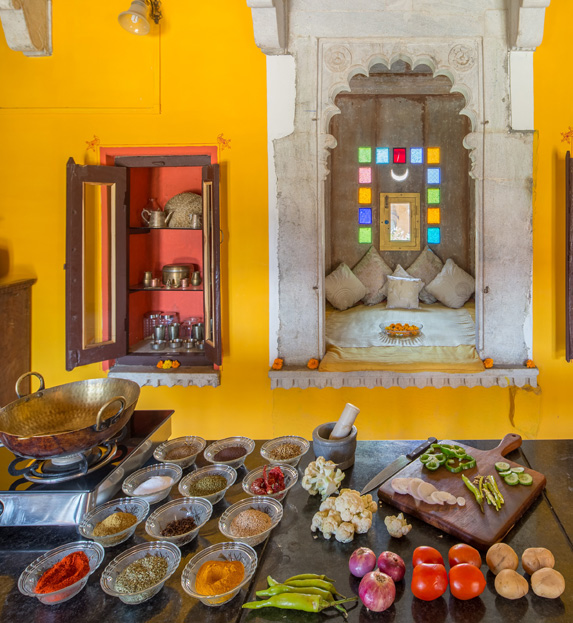
©Chanoud Garh
Many of my non-Indian friends find it incredibly baffling and amusing how Indians can talk incessantly about food – before, during and even immediately after a meal. Just like England’s legendary debates on the correct order of putting jam and cream on scones, food in India is an equally hot and contentious topic thanks to the mind-boggling variety of regional cuisines and preparations.
Even within the same region, each sub-culture can have a different variation of preparation, which means there is nothing like a typical Indian dish. It is this diversity that makes Indian cuisine so fascinating.
If you’re looking for a true taste of India during your travels, I recommend spending time with a local culinary expert. This could include learning from a top restaurant chef, cooking alongside a home cook who will show you how to make their family’s traditional dishes, or even joining volunteers cooking local meals for others. The options are endless and can be tailored to your own tastes. Below are some of my favourite culinary experiences we can offer in India.
Highlights of culinary adventures in India
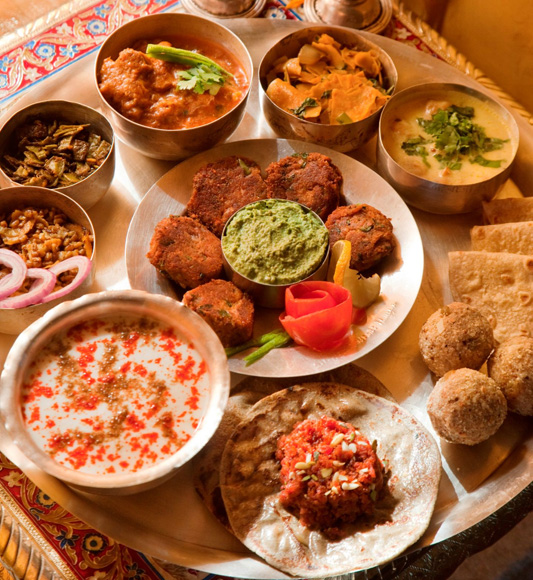
(©Chanoud Garh)
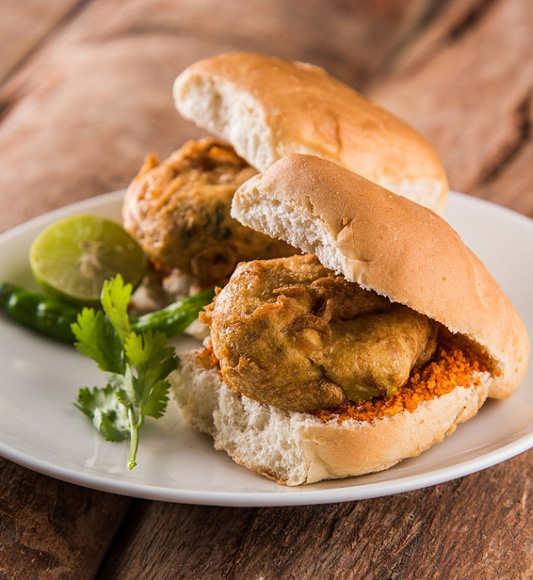
Street food in Mumbai.
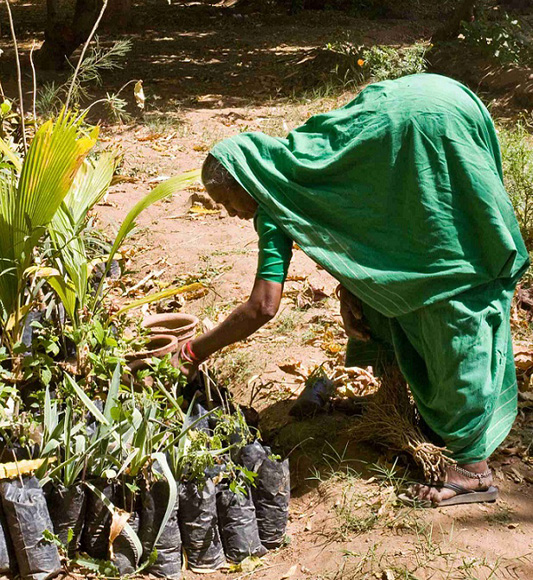
(©SEWA)
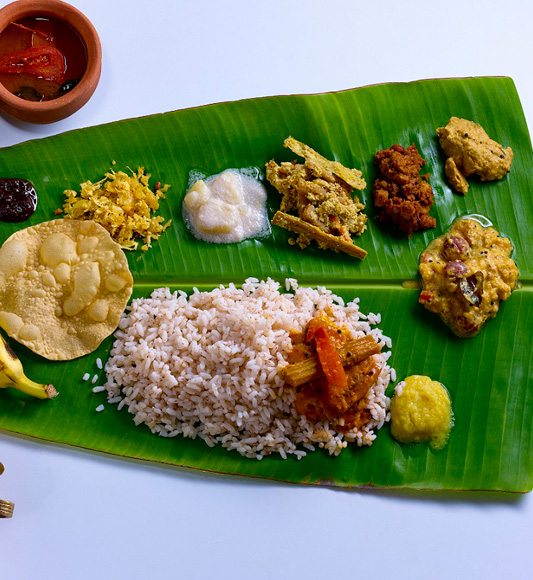
Onam Sadya – cuisine in Kerala
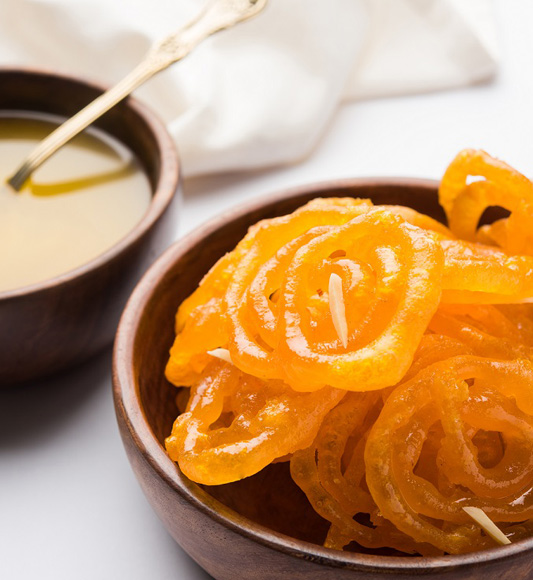
Jalebi sweets
"I firmly believe that the authenticity, quality and repertoire of food available in traditional households cannot be replicated in any restaurant or hotel."
Food for the Soul at Ananda Spa
One of the best health and wellbeing retreats in the world, Ananda in the Himalayas blends a profoundly beautiful and spiritual location with a well-balanced programme of treatments and practices. Ananda’s wellness cuisine incorporates key principles from the ancient wisdom of Ayurveda, which takes into consideration suitability of body types (doshas).
The cuisine here is made up of fresh, natural ingredients that are low in fat and calories. Special menus are provided in consultation with the in-house Ayurvedic doctor to align the specific imbalances of the various body types. Learn how to recreate these dishes in Ananda’s culinary studio so you can continue this sustainable way of life when you get back home.
Royal Rajasthani Feasts at Shahpura Bagh & Chanoud Garh
Renowned for its culinary flair, Shahpura Bagh is a hidden oasis located in a rural setting between Jaipur and Udaipur. A lush 45-acre estate where peacocks roam and an entire menagerie of birds fill the air with birdsong, Shahpura Bagh has just 11 luxuriously appointed suites set in two restored ancestral mansions – Nahar Niwas (the family residence) and Umaid Niwas.
This historic summer residence of the former rulers of the princely kingdom of Shahpura is a food-lovers haven. Enjoy authentic home-cooked Rajasthani food prepared over a wood fire or more continental cuisine to suit your palate. Under expert guidance, there’s also the opportunity to learn the royal recipes that have been passed down from one generation to the next. Aside from culinary workshops, there is plenty to do in the area including farm visits, interactions with local artisans, sunsets at Dhikola Fort, birdwatching excursions, boating, cycling and tribal tours.
Another royal household known for its culinary prowess is Chanoud Garh. This lovingly restored 300-year-old fort palace near Jodhpur is an elegant family homestead with 10 wonderful suites. As a historic hotel, the meals are inspired by Rajasthani, Marwari and Central Indian cuisine. Each dish is prepared in the traditional kitchens of the royal palace, where every ingredient is sourced from the organic farm. Learn the art of preparing traditional family recipes in these historic walls or spend days exploring the area on a Jeep safari, taking a guided walking tour of the village or learning about the history of Chanoud Garh from the head of the family, Thakur Ajeet Singh ji.
Sumptuous Vegetarian Cuisine in Ahmedabad
I come from Gujarat in Western India, which is home to the most varied and delicious vegetarian food in the country. What better way to experience this than by enjoying a hearty home-cooked meal on a lush organic farm on the outskirts of Ahmedabad? Learn all about the vegetables, pulses, herbs and spices used in the region and try your hand at making bajra rotla.
It is also possible to learn about eco-tourism in the area through SEWA, a well-known non-profit organisation. Starting from Ahmedabad, you are received with a traditional welcome ritual. This is followed by a delicious breakfast and tour of the farm where sustainable practices have flourished. Finish with an appetising lunch made with some of the produce grown on the farm. 100% of the revenue generated through this project is utilised to support the community.
Culinary Tour of Mumbai
Another food haven that is very close to my heart is Mumbai. Home to some of the most popular street food dishes in the country including vada pav, bhelpuri and kanda poha, Mumbai is also where you’ll find the Parsi Zoroastrian community and their incredibly unique cuisine.
Accompanied by a renowned city-based chef, you’ll discover local food markets, small family-owned eateries as well as famous restaurants and bars. During this culinary tour to remember, you will also have the chance to learn about Mumbai’s unique tiffin delivery service operated by the dabbawalas.
South Indian Cuisine with Kiran Rao
After Gujarati, South Indian is my second favourite Indian cuisine. Kiran Rao, the owner of Chennai’s Amethyst Cafe and award-winning Coromandel Cafe in Pondicherry is a pioneer of the region’s luxury cafe culture. Her various cafes, boutiques and event spaces have become sought-after venues for artistic, literary and social initiatives. With a major in history and social anthropology, Kiran’s perspective and understanding of Indian heritage is insightful and extensive. Sharing a delectable meal and rich conversation with her at her charming home in Pondicherry is a privilege usually reserved only for her close family and friends.
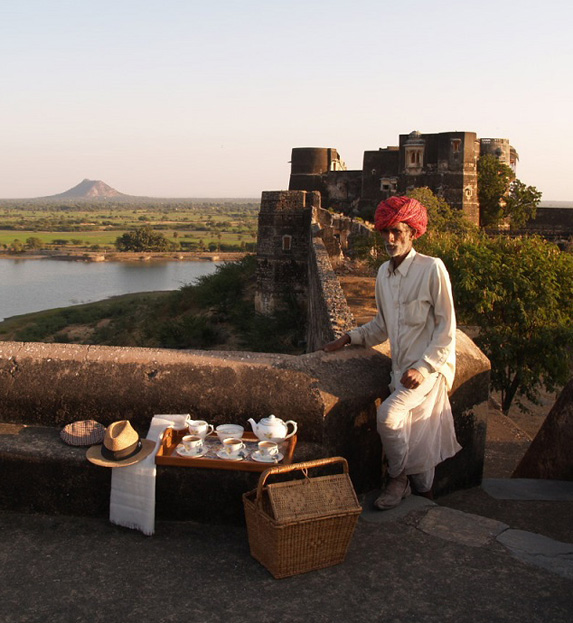
(©Shahpura Bagh)
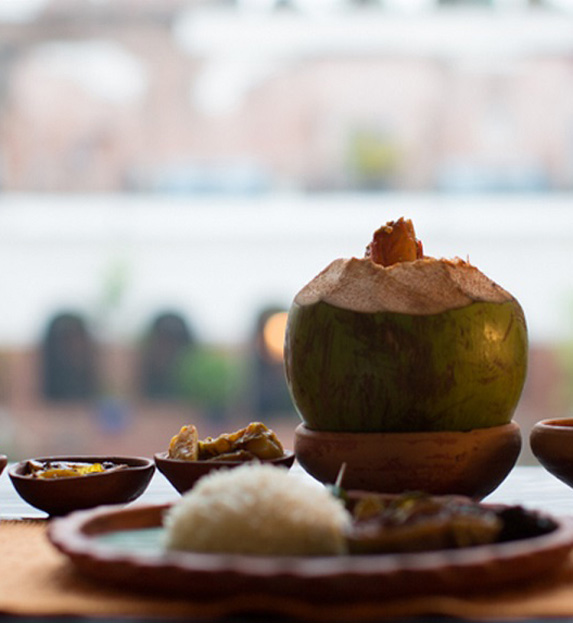
(©Rajbari Bawali)
Chettinad Cooking Masterclass with Meekanshi Mayyappan
Mrs Meenakshi Meyyappan, known locally as Arajachi, is a living legend. Matriarch and owner of The Bangala in Karaikudi, her kitchen is an institution of traditional Chettinad cuisine and her home is a living museum of her family and cultural heritage. Their legendary family recipes have been beautifully captured in the book, ‘The Bangala Table – Flavors and Recipes from Chettinad’, which Mrs Meyyappan has co-authored with her friends, Sumeet Nair and Jill Donenfeld.
A masterclass with the family’s renowned chefs offers an extraordinary opportunity to learn the age-old recipes that make up one of India’s best-kept culinary secrets.
A Taste of Tamil Cuisine at Svatma
Located in the historic town of Thanjavur in Tamil Nadu, Svatma is a charming heritage hotel where wellness and cultural immersion take centre stage. Here you can expand your palate and go on a culinary journey exploring the delights of Tamilian vegetarian cuisine. Learn authentic techniques and recipes in the special guest kitchen or experience the abundant charms of ancient Tamil Nadu through the likes of Carnatic concerts, Thanjavur painting, bronze sculpting, Vedic chanting and handloom weaving.
Traditional Keralan Cooking Demonstration in Cochin
For a taste of traditional Keralan food, there are very few experiences that are as authentic and interesting as a cooking demonstration with Renu Abraham Pottamkulam and her daughter-in-law, Tracy Thomas, at their charming waterfront home in Cochin.
Quite a contrast to Tamil Nadu’s vegetarian fare, Kerala food is based on fresh seafood and meat dishes including mussels, fish and prawns. The famous Malabar biryani consists of rice cooked with chicken or beef and spices and is typically served with a variety of chutneys and pickles. My favourite Keralan meal is Sadhya – a vegetarian feast of 24 to 28 dishes that is usually eaten to celebrate important festivals such as Onam.
Royal Nawabi-style Chowki Dinner in Hyderabad
The only city to be officially recognised as a UNESCO Creative City of Gastronomy, Hyderabad has a rich heritage in food. I firmly believe that the authenticity, quality and repertoire of food available in traditional households cannot be replicated in any restaurant or hotel. The charm of a lovingly curated meal accompanied by personal stories of old Hyderabad offers an extraordinary insight into the city’s culture and traditions.
Dilklash Abbas, Dilnaz Baig and Farah Bangera come from a distinguished Hyderabadi lineage. Dilkash is a fabulous cook and experiencing traditional Hyderabadi hospitality and food in their beautiful homes – which are filled with a stunning collection of local handicrafts – is a truly special and memorable experience.
Culinary Art at Rajbari Bawali
Few places capture the essence of Bengal as beautifully as the impressive heritage retreat of Rajbari Bawali, located on the outskirts of Kolkata. Built around 250 years ago, this grand mansion showcases the opulence and aristocracy the Zamindars (landlords) of Bengal were once renowned for.
Traditional food and service are highlighted here. The historical form of service à la russe is a manner of dining that involves courses being brought to the table sequentially, and the food being portioned on the plate by servers before being placed on the dining table. The retreat’s executive chef conducts exquisite culinary sessions that offer a perfect opportunity to understand all the ingredients that create the essence of Bengali cuisine, from Shukhto to Chana Dal.
Community Kitchen & Food Tour in Amritsar
Punjabi food is the most famous and loved Indian food all over the world. One of the most unique and spiritual places to experience authentic Punjabi culture and cuisine is the Golden Temple, the holiest shrine for followers of the Sikh religion. Ever since the temple was built over four hundred years ago, free hot meals have been served at the temple every day to all visitors regardless of their religion or faith. Locally known as langar, more than 100,000 people are fed on a daily basis around the clock. The temple’s massive kitchen is run by an army of volunteers and is considered to be the largest community kitchen in the world.
For lip-smackingly good local delicacies, an expert-led food trail through the old town is a must. My absolute favourites are Amristsari Kulchas, a crispy wood-fired flatbread stuffed with potato or cottage cheese which is served with chole and spicy chutney. If you have a sweet tooth like me, North Indian sweets are to die for. My preferences are jalebis and gulab jamuns. The tiny and unassuming shop, Gurdas Ram Jalebi Wala, is perhaps the finest traditional mithaiwala (sweet maker in town).
Ready to take the road less travelled?
Related articles

